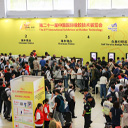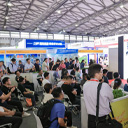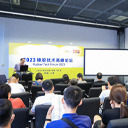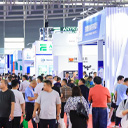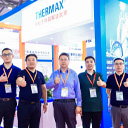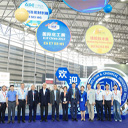What Are the Weather Resistance Performance of Different Elastomers
What Are the Weather Resistance Performance of Different Elastomers?
In selecting a rubber which can withstand the elements for use in any particular application, it is necessary to understand the different ways in which the weather can affect any given elastomer, with the most common being:
-Sunlight
-Temperature
-Ozone & UV
-Inclement Weather Conditions
Butyl:
Butyl is commonly used as a base material due to it’s strong resistance to sunlight, ozone and heat aging, as well as other properties which give it exceptional resistance to gas and moisture (water and steam) permeation. Butyl also offers good resistance to dilute acids and alkalis as well as good low-temperature flexibility.
EPDM:
EPDM is compatible with a wide variety of other materials when manufacturing blends specific to a particular application and exhibits outstanding weather resistance, making it a sound choice for use when products or components are exposed to the elements. EPDM has the ability to resist the deteriorative effects of ozone, oxygen, heat, and weather, along with a range of chemicals and dilute acids and alkalis.
Hypalon:
Hypalon is one of the most weather-resistant base materials available with both sunlight and UltraViolet light having few adverse effects upon its physical properties. Whilst many elastomers start to degrade by ozone concentrations of 1 ppm in air, Hypalon remains unaffected by concentrations as high as 1 part per 100 parts of air. It’s excellent ability to accept pigmentation also means that coloured Hypalon compounds do not fade in extended exposure to sunlight and UV.
Polyurethane:
In comparison to other elastomers, Polyurethane offers excellent abrasion resistance and tensile strength, both of which translate to a superior performance in all weather conditions, as well as the material offering good resistance to Ozone and operating temperatures as low as -50°C and as high as 90°C.
Silicone:
Silicone is widely regarded as an extremely versatile material being highly resistant to oxygen, ozone, UV light, aging, weather, and extreme temperatures.
In many cases, material selection needs to be a compromise with a number of different factors coming into play including the individual usage specifications, not forgetting the economics of a particular situation.
